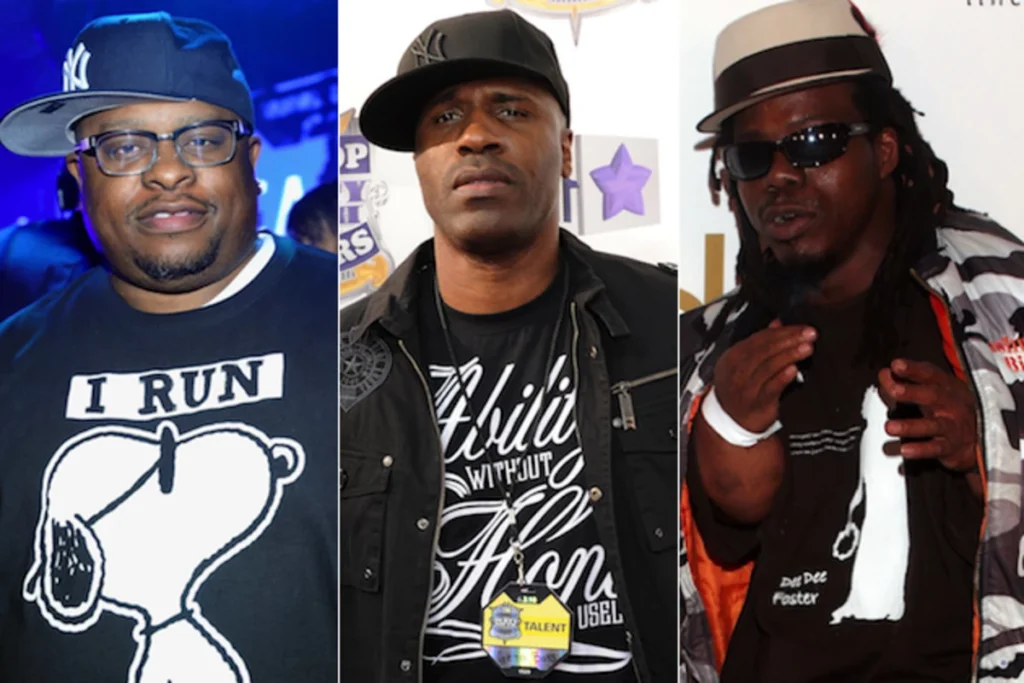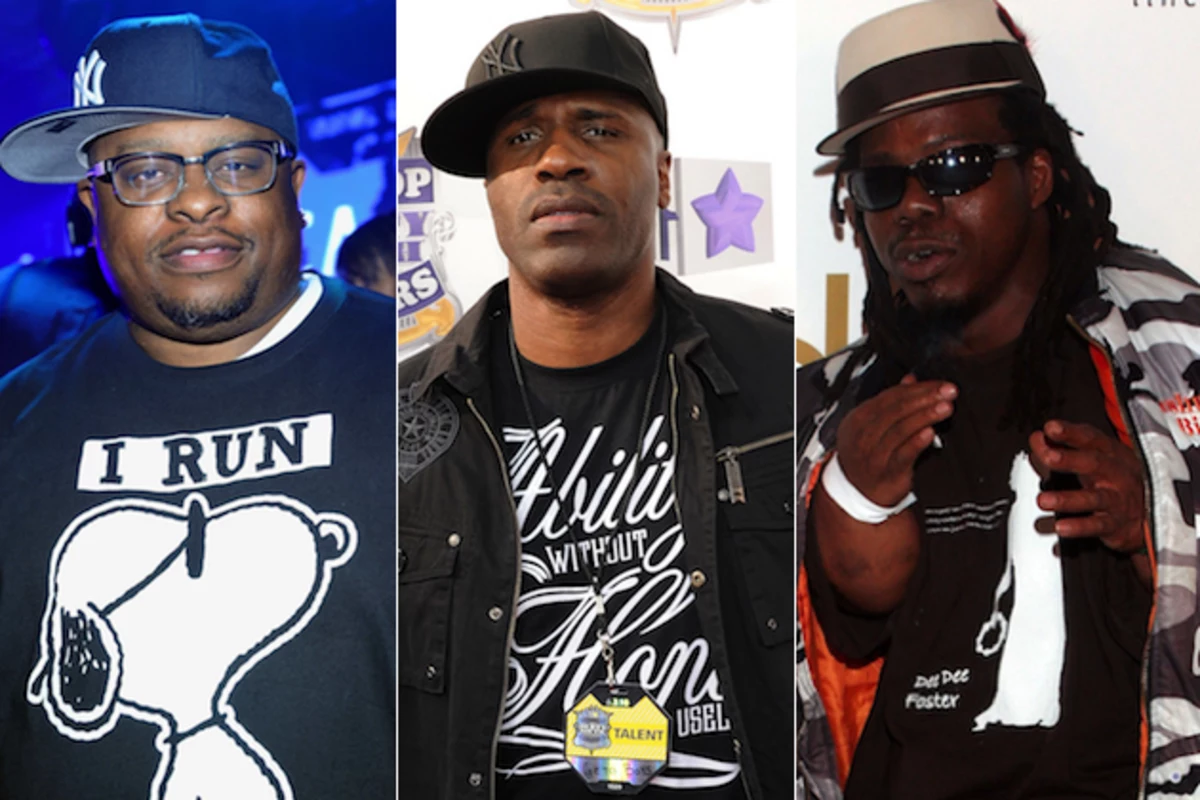
The Definitive List of the Best Ghetto Rap Songs Ever Made
Ghetto rap, a subgenre deeply rooted in the realities of urban life, has consistently provided a raw and unfiltered lens through which to view the struggles, triumphs, and complexities of marginalized communities. This genre, often characterized by its gritty lyrics, hard-hitting beats, and unflinching portrayal of street life, has produced some of the most iconic and influential tracks in hip-hop history. Identifying the best ghetto rap songs is a subjective endeavor, influenced by personal taste and historical context. However, certain tracks stand out for their lyrical prowess, cultural impact, and enduring relevance. This article will delve into a carefully curated list of songs that embody the spirit of ghetto rap, exploring their significance and lasting legacy.
Defining Ghetto Rap: More Than Just Music
Before diving into the list, it’s crucial to define what constitutes ghetto rap. It’s more than just music; it’s a form of storytelling, a social commentary, and a voice for the voiceless. These songs often tackle themes of poverty, violence, systemic inequality, and the everyday struggles of individuals living in impoverished urban areas. The best ghetto rap songs don’t shy away from these harsh realities; instead, they confront them head-on, offering a glimpse into a world that is often overlooked or misunderstood.
The Pioneers: Laying the Foundation for Ghetto Rap
The early days of hip-hop saw the emergence of artists who laid the groundwork for what would eventually become ghetto rap. While not explicitly labeled as such at the time, their music contained the seeds of the genre’s defining characteristics. These pioneers fearlessly addressed social issues and painted vivid pictures of urban life.
The Message – Grandmaster Flash and The Furious Five (1982)
Often cited as one of the first socially conscious hip-hop songs, “The Message” offered a stark portrayal of urban decay and the struggles of everyday people. Its bleak lyrics and somber tone resonated with listeners and paved the way for future generations of ghetto rap artists. While not explicitly a “ghetto rap” track in the modern sense, its influence on the genre is undeniable.
Colors – Ice-T (1988)
Released alongside the film of the same name, “Colors” tackled the issue of gang violence in Los Angeles. Ice-T’s unflinching lyrics and gritty delivery brought the realities of gang life to a wider audience, solidifying his reputation as a pioneer of ghetto rap. The song’s impact extended beyond music, sparking conversations about the social and economic factors that contribute to gang violence.
The Golden Era: Ghetto Rap Comes into Its Own
The late 1980s and early 1990s saw the rise of a new wave of artists who embraced the label of ghetto rap and pushed the boundaries of the genre. These artists were not afraid to be controversial, and their music often sparked outrage and debate. However, their honesty and authenticity resonated with listeners, and their music became a soundtrack for a generation.
Straight Outta Compton – N.W.A (1988)
N.W.A’s debut album, “Straight Outta Compton,” was a cultural phenomenon. The title track, in particular, became an anthem for disaffected youth and a rallying cry against police brutality. Its raw lyrics and confrontational attitude challenged the status quo and cemented N.W.A’s place in hip-hop history. The album remains a cornerstone of ghetto rap, influencing countless artists and shaping the genre’s trajectory.
Boyz-n-the-Hood – Eazy-E (1987)
Another classic from the N.W.A camp, “Boyz-n-the-Hood” provided a glimpse into the daily lives of young men growing up in Compton. Eazy-E’s matter-of-fact delivery and the song’s vivid storytelling made it an instant classic. It exemplifies the best ghetto rap songs in its ability to portray the harsh realities of urban life without glorifying them.
Mind Playing Tricks on Me – Geto Boys (1991)
Geto Boys, known for their horrorcore style, delivered a surprisingly introspective track with “Mind Playing Tricks on Me.” The song explores themes of paranoia, anxiety, and the psychological toll of living in a dangerous environment. Its haunting melody and Scarface’s poignant lyrics made it a standout track and a testament to the depth and complexity of ghetto rap. [See also: Geto Boys Discography]
Juicy – The Notorious B.I.G. (1994)
While often considered a celebratory rags-to-riches anthem, “Juicy” also provides a glimpse into the struggles and hardships that Biggie Smalls faced growing up in Brooklyn. The song’s opening lines, “It was all a dream, I used to read Word Up! magazine,” are iconic and resonate with anyone who has ever dared to dream big. It’s a testament to the power of perseverance and a reminder that even the best ghetto rap songs can be filled with hope and optimism.
C.R.E.A.M. – Wu-Tang Clan (1993)
“C.R.E.A.M.” (Cash Rules Everything Around Me) is a gritty and realistic portrayal of the pursuit of wealth in a poverty-stricken environment. The song’s melancholic beat and Method Man’s unforgettable hook made it a defining track of the Wu-Tang Clan’s legendary debut album, “Enter the Wu-Tang (36 Chambers).” It remains one of the most recognizable and influential ghetto rap songs of all time. [See also: Wu-Tang Clan History]
The 2000s and Beyond: Ghetto Rap Evolves
The 2000s saw ghetto rap evolve and diversify, with artists incorporating new sounds and styles into their music. While the themes of poverty, violence, and inequality remained prevalent, artists also began to explore new topics, such as the war on drugs and the impact of mass incarceration. The best ghetto rap songs of this era reflected the changing realities of urban life and the growing awareness of social justice issues.
Many Men (Wish Death) – 50 Cent (2003)
“Many Men (Wish Death)” is a raw and unflinching account of 50 Cent’s experiences with violence and betrayal. The song’s haunting melody and 50 Cent’s stoic delivery create a sense of dread and paranoia. It’s a powerful reminder of the dangers of street life and the constant threat of violence that many people face in impoverished urban areas. This song solidified 50 Cent’s status as a prominent voice in ghetto rap.
Hustlin’ – Rick Ross (2006)
Rick Ross’s “Hustlin'” became an anthem for the entrepreneurial spirit, even within the context of illegal activities. The repetitive hook and Ross’s larger-than-life persona made it an instant hit. While controversial for its glorification of drug dealing, the song also resonated with listeners who saw it as a symbol of ambition and determination. It’s a complex and multifaceted track that exemplifies the nuances of ghetto rap.
Alright – Kendrick Lamar (2015)
Kendrick Lamar’s “Alright” became an anthem for the Black Lives Matter movement, offering a message of hope and resilience in the face of police brutality and racial injustice. The song’s powerful lyrics and Pharrell Williams’ infectious beat resonated with protesters and activists across the country. It’s a testament to the power of music to inspire social change and a reminder that the best ghetto rap songs can be both entertaining and politically charged. [See also: Kendrick Lamar’s Impact on Hip-Hop]
The Enduring Legacy of Ghetto Rap
Ghetto rap has had a profound and lasting impact on hip-hop culture and beyond. The genre has given voice to marginalized communities, challenged social norms, and sparked important conversations about race, poverty, and inequality. The best ghetto rap songs continue to resonate with listeners today, serving as a reminder of the struggles and triumphs of those who have been historically excluded from mainstream society. While the term itself may be considered outdated or even offensive by some, the music’s impact is undeniable. These songs offer a valuable glimpse into a world that is often ignored or misunderstood, and they serve as a powerful reminder of the importance of empathy, understanding, and social justice.
In conclusion, the best ghetto rap songs are more than just music; they are cultural artifacts that reflect the realities of urban life and the struggles of marginalized communities. They are a testament to the power of music to inspire, to challenge, and to connect us all.
